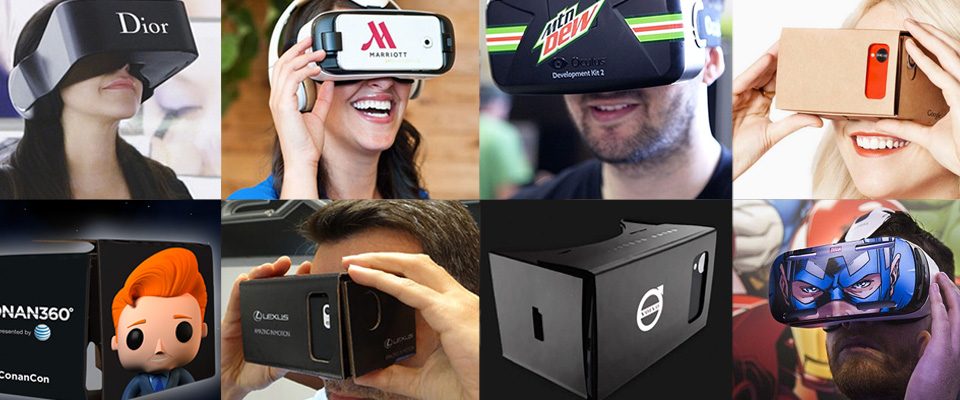VR and Immersive Ads
Cutting edge technologies: Virtual reality (VR) and Augmented Reality (AR), both have been taking an advance in diverse sectors, and as is expected, advertising is one of them. Since a couple of years brands such Coca-Cola, Toyota, New York Times, Marriot hotels among others have been taking advantage of new media in order to create immersive content.
Like television or radio in their beginnings, VR and AR have just born as new media; with more questions than answers in narrative creation, creators and developers must solve some issues to create an effective message directed to a specific target.
Stimulation, the core of VR effectiveness, due to not only appeal to visual language to create experiences, but it also allow feedback from the user, turning the viewer into the main source of the ad; In order to create this effect, creators need to have good narrative structures and some specific technological resources (software and hardware); the good news, nowadays, technology are cheaper than ever before and most of these devices are affordable for most of us.
Cameras for all budgets, between $400 (360Fly) and $60000 (Nokia OZO) have been popular in the last year, generating a great opportunity for content developers around the world. Nowadays VR advertising has its market in platforms for mobile devices and social network (YouTube, Facebook 360)
Advantages of creating content for VR in this days:
- Innovative: due to the big expectation of the market in this field, the deploy of the media and social networks around this technology; the impact in the average viewer could be higher than using other media.
- Catchy: most of the people have not had a VR experience, and this could be a good moment to create impact and generate remembrance of the product or the brand.
- Immersive: maybe the best word to describe VR, the use of headsets and spatial audio can create the proper atmosphere to guide the viewer throughout the new experience and send a direct message to your possible customer.
Today, everyone wants to have an immersive experience, either with digital content or 360 videos without buy some expensive machine as Oculus Rift or HTC Vive. Although mobile devices do not have the render capabilities of these machines (relies on the processor of the phone or tablet), is the cheapest way to create and distribute immersive multimedia content; these are a couple of examples of the capabilities of VR content applied to marketing.
We are just exploring the endless possibilities of these emerging media; the narrative structures are still in development, tools are upgrading every day. This is the best time to start to design and create quality content that helps to fill the gaps around advertising and VR .







